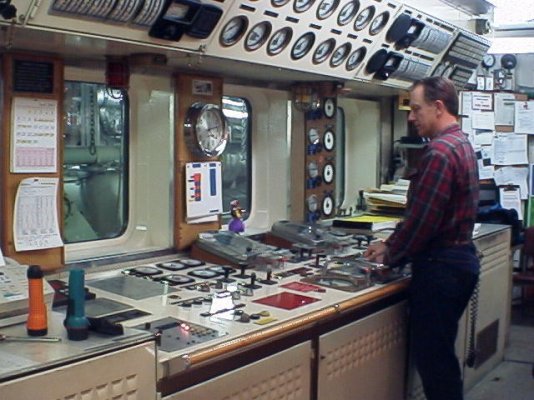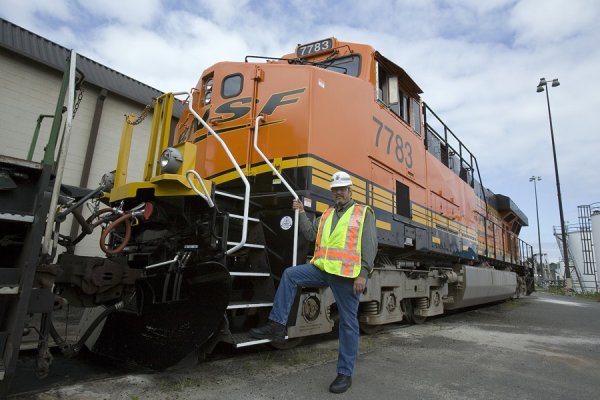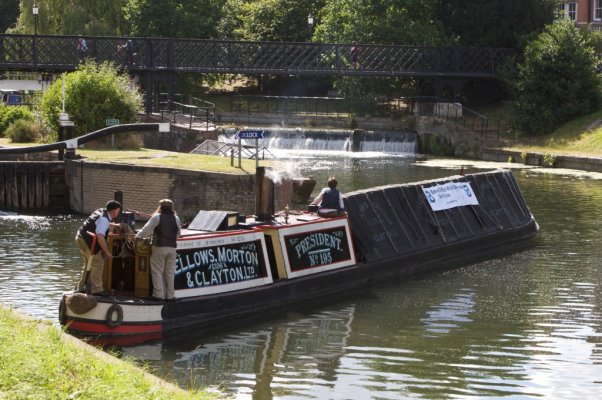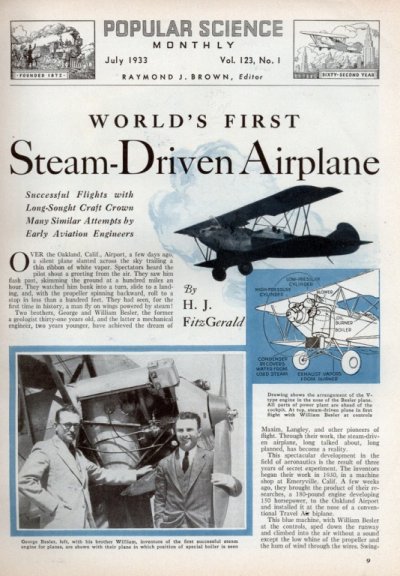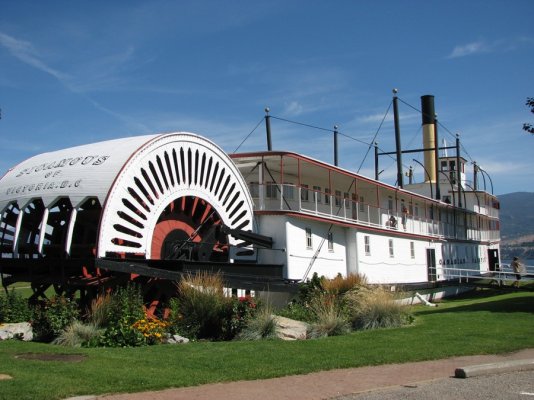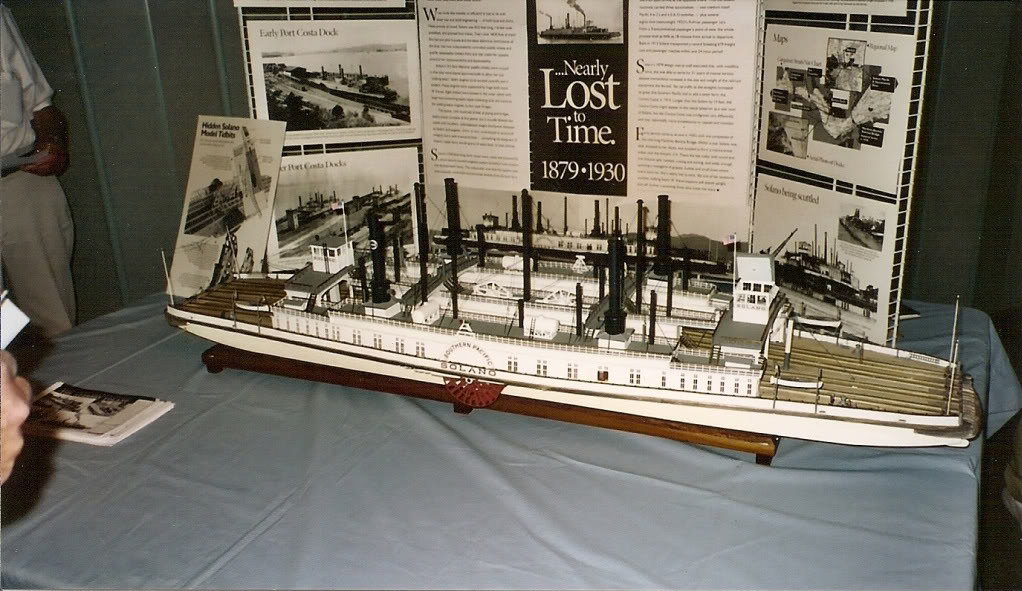don't thrown out the baby with the bathwater'
Just found an older posting of mine on this diesel-electric subject and thought I might add it to this older discussion here.
This diesel-electric subject thread has certainly raised some lively and controversial discussions. Many want to claim that converting diesel engine mechanical power into electricity, and then back into mechanical power by an electric propulsion motor, just isn't economically feasible. Therefore chuck the whole idea aside when contemplating DE propulsion systems for boats.
I say 'don't thrown out the baby with the bathwater'. This technology is still in its infancy, and there are many more developments to explore....and some may come with other emerging technologies.
One of these new technologies will likely be the ever-increasing capabilities to store electrical energy....new 'batteries', or other such devices and mediums. This capability to store large amounts of electric energy is a technology we sorely need for our future in all sorts of endeavors, and I'm sure there are presently 100's of experimenters around the world working on this major technology.
I agree Innamore. For a strictly powerboat application that spends a small amount of time idling about or maneuvering at docks, etc, and subsequently mostly at speed on the open water, D-E does NOT make sense.....too many energy conversions between main motor and the prop. Thus many powerboats are not applicable DE candidates.
But one thing those DE systems do is break the mechanical link between the engine and the prop. This opens up a whole lot of possibilities for locating the main engines apart from the drive-props, and even the variety of prop-drives that might be employed.
For vessels with big house loads, a DE systems approach makes sense, as well illustrated by the big cruise ships.
Special maneuvering desires can be accommodated with DE systems. A diesel electric system can be shifted from fwd to reverse and back much more quickly than a conventional transmission. In addition the electric motors develop full torque at any speed, even down to 0 rpm. In conventional propulsion installations, the idle speed of the engine will be between 700-1000 rpms. With a typical displacement hull reduction-gear ratio of approx 2.6 to 1, the slowest propeller speed is 270rpm or more. By contrast, a DE propeller shaft can be turned as slowly as 1-rpm!
Furthermore DE systems are much more adaptable to 'steerable prop-drives. Talk about maneuverability!!
If we move beyond ' strictly powerboats', then we might see a use for DE systems aboard wide variety of other type vessels. I'll just give two examples where I wish to use them:
1) Sportfishing Vessels.
Whether pleasure or commercial types, these vessels spend considerable time in the 'trolling mode', usually quite a bit below their cruising speed. This trolling speed might well be accommodated with a DE system.
Gamefishing Design - a 65' mast-aft sailing catamaran.
2) MotorSailing Vessels.
In light airs, running one engine often is all that is needed to bring the apparent wind forward to make the sails work harder, and the combination provides much better results than either motoring or sailing alone…… sailing synergy/harmony, the motor taking over in the lulls and the rig taking over in the puffs
Motorsailing offshore is by far the most pleasant way to make passage, most of the time. With the engine barely above idle and a moderate amount of sail set, there is a synergy created by the apparent wind which generates more forward thrust than either one alone, with the bonus that you don't have to set large areas of canvas, which will have to come down in a hurry if the wind increases. The boat rides better, makes a better average speed and the batteries are always full. The beneft of using a much smaller sailplan can only be appreciated by someone who's been caught offguard in a squall with too much sail up. "Adventures" like that might be fun for weekend sailors and short coastal passagemakers, but on a long ocean passage they're something to avoid, even if it means a slower passage.
Motor/Sailer Design Expedition Yacht
3) Etc


